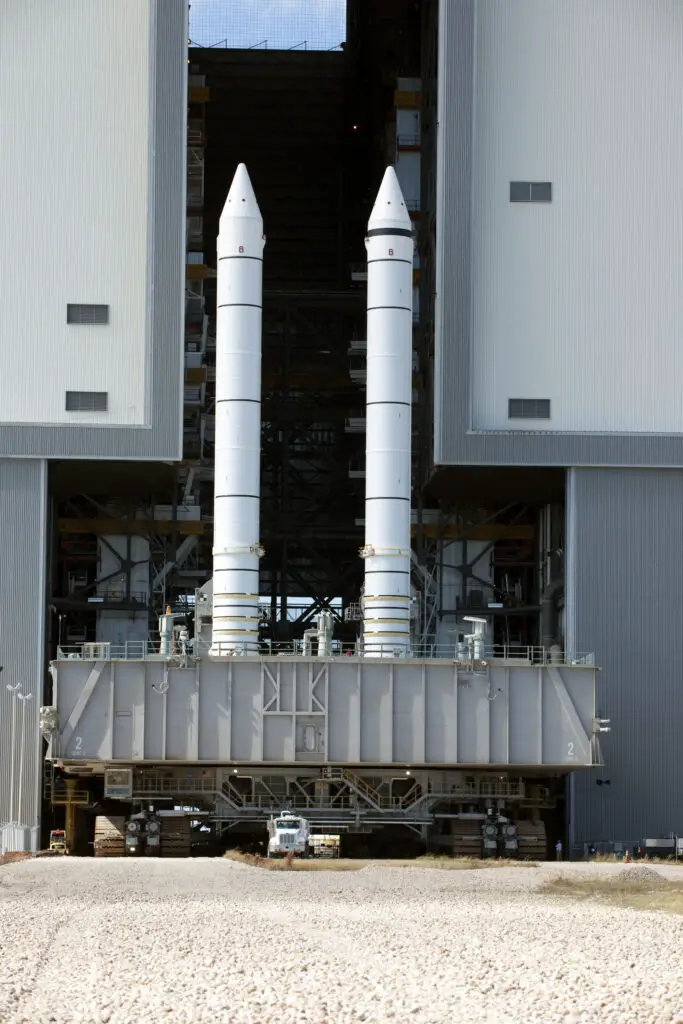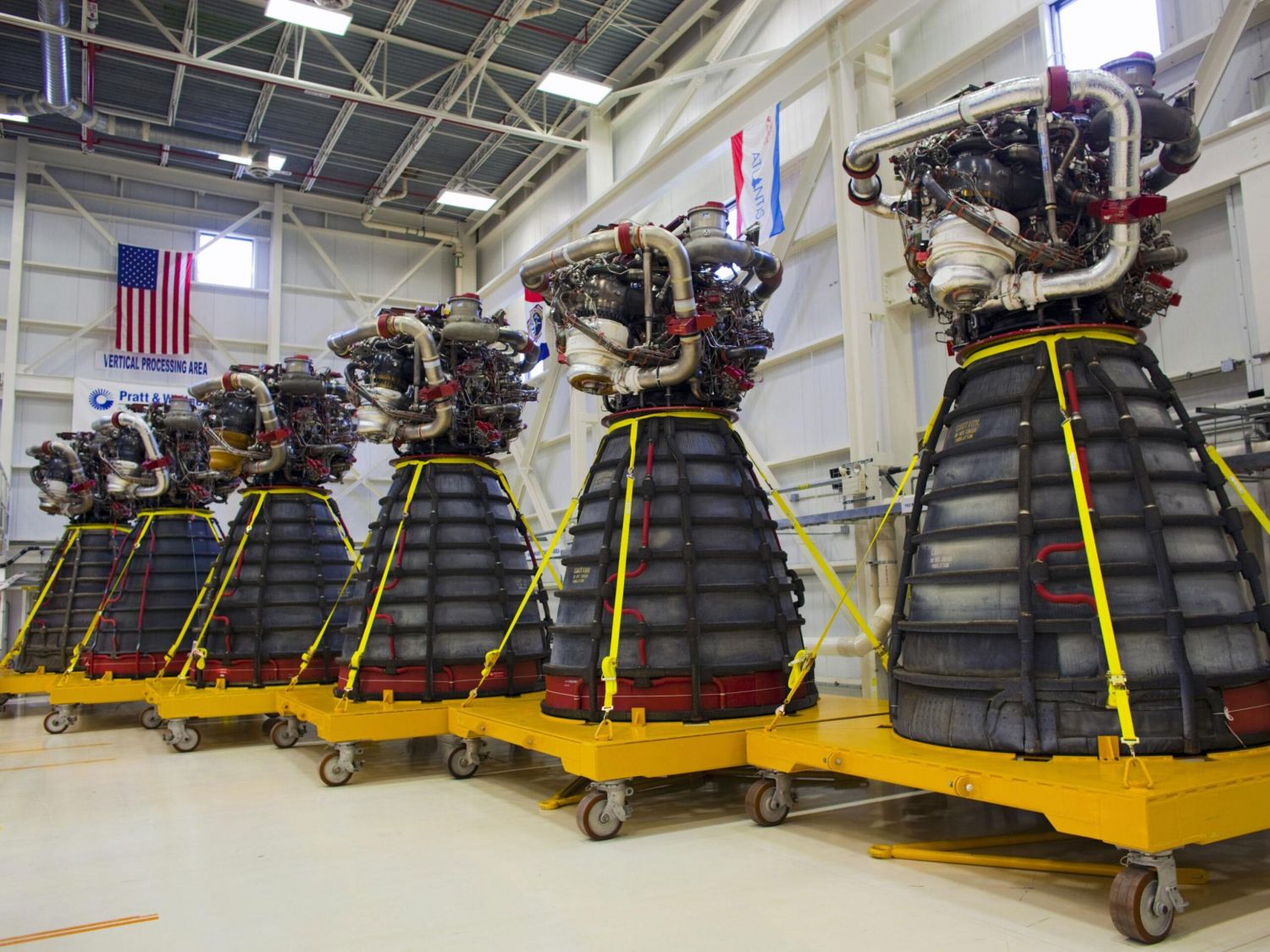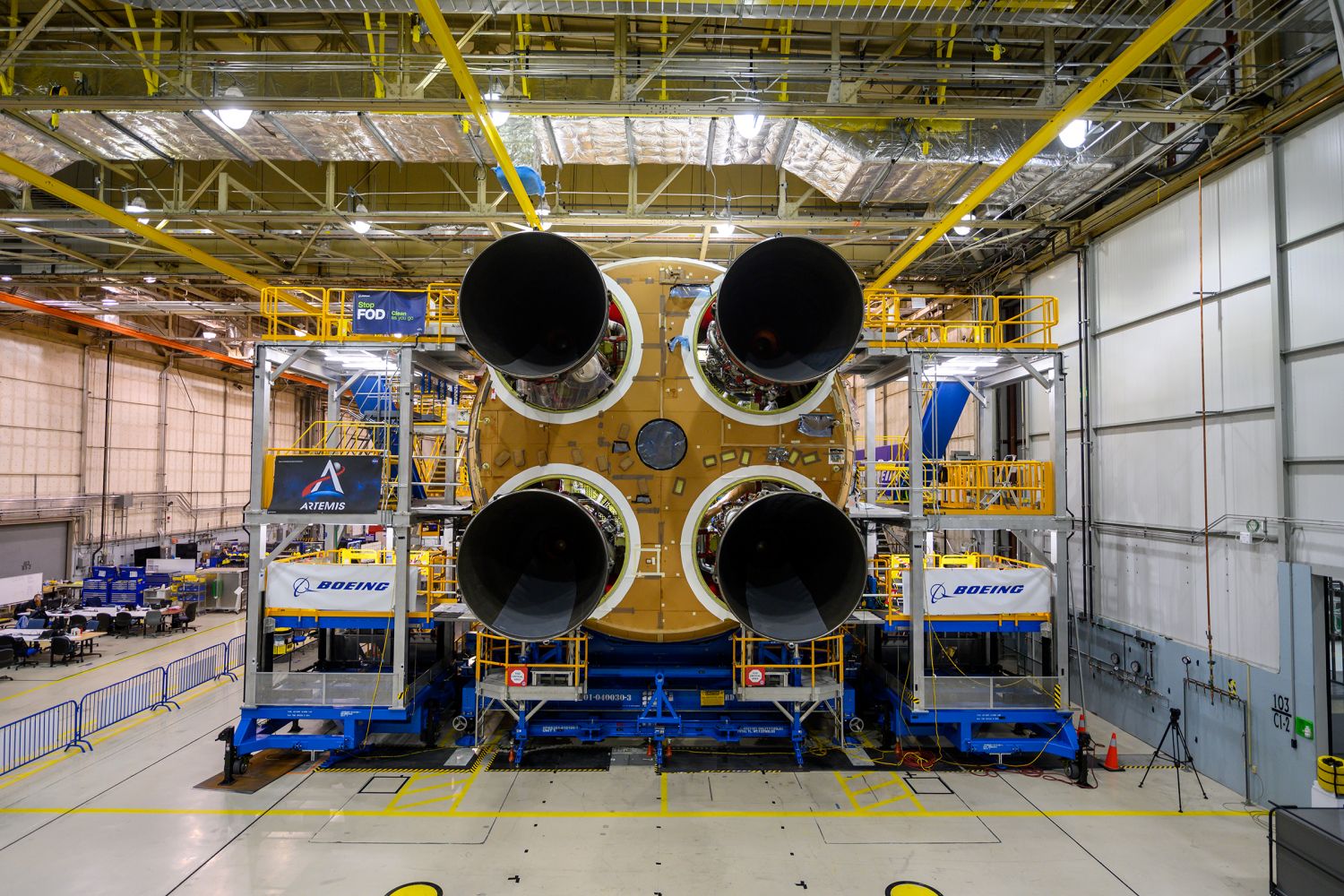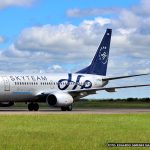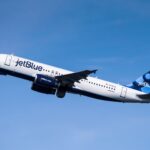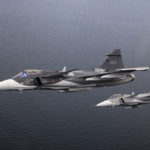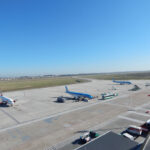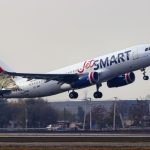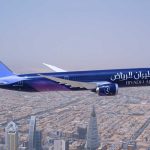NASA awarded Northrop Grumman with the contract to build the new solid rocket boosters (SRB) for the Space Launch System (SLS) rocket. The Brigham City, Utah-based manufacturer has already produced the engines for the first three Artemis missions, with which NASA plans to return to the Moon. The thrusters for the fourth mission are currently being built.
The execution period of this contract runs until December 31, 2031. The formalization of the agreement, valued at $3.19 billion, comes almost a year and a half after the first interim letter was signed. This letter, dated June 2020, authorized Northrop Grumman to build the boosters for the first eight SLS flights and granted Northrop Grumman funds to continue the development of the boosters after those flights. NASA expects to have an improved model of the SRBs (replacing the steel body with lighter weight composites) for the Artemis IX mission, planned for the early part of the next decade.
Bruce Tiller, SLS Propellant Manager at NASA’s Marshall Space Flight Center in Huntsville, Alabama, noted that «this award guarantees that NASA will have the most powerful solid rocket boosters ever built for Artemis missions.» Tiller further added, «This contract allows NASA to work with Northrop Grumman to not only build the boosters for the upcoming missions but also to evolve and improve them.»
The twin solid rocket boosters will produce more than 75 percent of the thrust for each SLS launch. The boosters are based on the SRB design used on the Space Shuttle (STS), with a fifth segment added to produce the extra power needed to send the SLS stack, which is much heavier than the Shuttle, into deep space. Early missions will even use segments that have flown before, retrieved from the sea after powering the STS stack. In order to save weight and lower costs, the SRBs will not be recovered by parachute as was done in the STS program, but will instead crash into the ocean and sink after each mission.
The SLS system makes use, in addition to the SRBs, of the Shuttle main engines (Aerojet Rocketdyne RS-25, also called SSME). They will be modified to adapt them to their new role: they will lose the ability to be recovered, the design is much simpler, they are about 35% cheaper than the original version, and their thrust will be higher.

